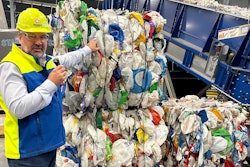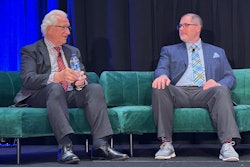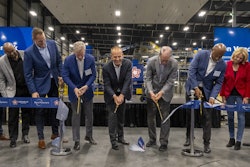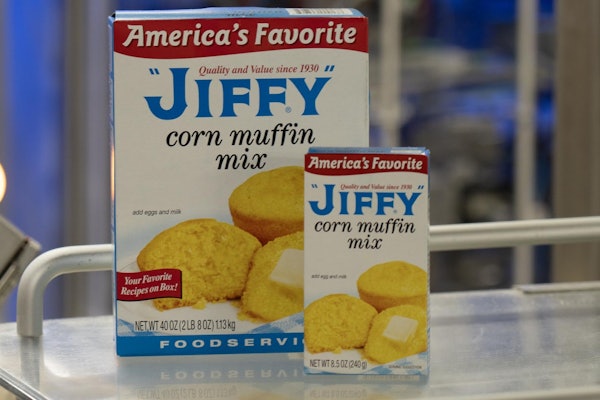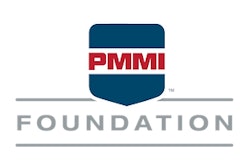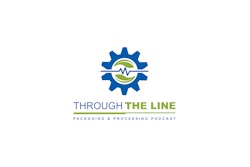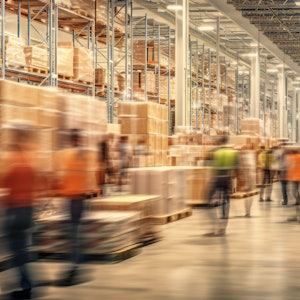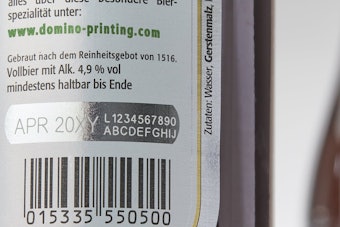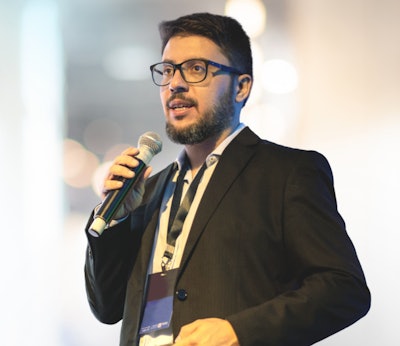
At the World Plastic Connection Summit in São Paulo today, João Henrique Alves, innovation director for plastics producer Valgroup, shared how Brazil is transforming adversity into leadership in global packaging innovation. Said Alves, from economic instability and logistical challenges to a position at the forefront of sustainable packaging solutions, the country’s journey is one of resilience, ingenuity, and forward-thinking technology.
“Each region of the world has its challenges, and Brazil is no different,” Alves began. “We are the fifth largest country in the world by territory. But we are separated by five regions that have geographical conditions that make logistics a little difficult, such as mountains, lakes, large rivers, large regions of forest that need to be bypassed or crossed so that we can distribute products.”
“Brazil also has its economic challenges,” Alves continued. However, despite persistent inflation and a per capita income up to four times lower than OECD (the Organization for Economic Cooperation and Development) countries, Brazil has found strength in its population of over 210 million and abundant natural resources. “Even with financial restrictions, people still need to consume products and services,” Alves noted. “Our economy is the ninth largest globally, and we’ve learned how to turn challenges into opportunities.”
Less is more: lightweighting with purpose
One way Brazil’s packaging industry has responded is by investing in material reduction while maintaining product protection. “A simple sauce pouch that used to weigh over 100 grams now does the job with just 6.5 grams,” said Alves. “And it still protects against oxygen, microbes, and light—without the need for preservatives.”
In the bottled water category, similar strides have been made. “Today, we can provide potable water in packaging that uses just 9 grams of material,” he shared. “But that also means we have to re-engineer the bottle design to withstand up to 1,400 kg of palletized weight during transport.”
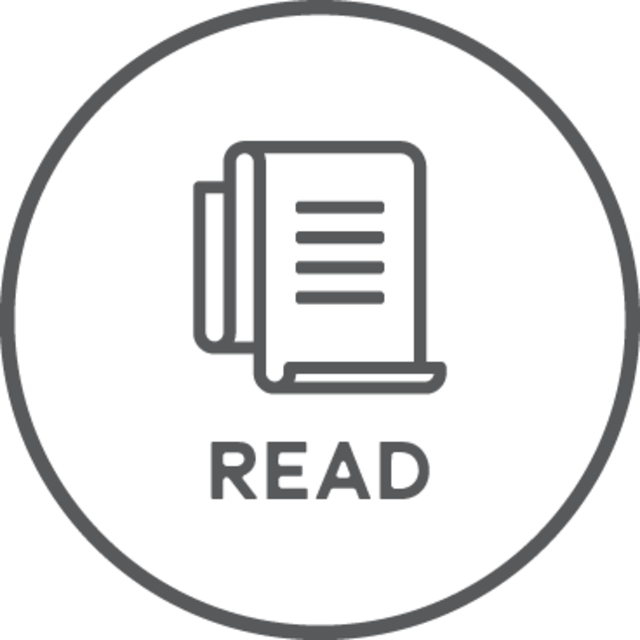 | Read this related article, “Pioneer in the use of PET PCR for dog and cat food packaging in Brazil” |
These innovations reflect Brazil’s leadership in lightweight, high-performance packaging—often years ahead of international markets. “In 2014, you’d be hard-pressed to find water in PET bottles in many European supermarkets,” Alves said. “Today, that has changed. The world is following the path we paved in our search for more with less.”
A circular vision, realized
Sustainability isn’t just a talking point—it’s a core pillar of Valgroup’s operations. “Our goal is to recycle 100% of our equivalent plastic volume,” said Alves. “We believe circularity is the answer.”
Valgroup’s investments have included pioneering the “bottle-to-bottle” recycling process for PET, and more recently, launching de-inking and delamination technologies for flexible films. These allow for recycled material to be used not only in secondary and tertiary packaging but, increasingly, in food-grade applications.
Alves highlighted that Brazilian PET bottles for water can now contain up to 100% recycled content without compromising safety. “For many, this might be surprising—but it’s real. And it’s safe,” he emphasized.
The rise of advanced recycling
A key area of innovation is advanced recycling, which allows for plastics previously deemed unrecyclable to be transformed into virgin-quality raw material. “We’re not just recycling, we’re upgrading,” Alves explained. “Advanced recycling breaks plastic waste down into naphtha, which can be used by petrochemical companies to create new polyethylene or polypropylene suitable for food contact.”
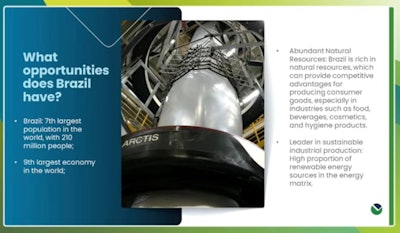
Valgroup’s upcoming facility will improve yield rates and reduce environmental impact by using the gases generated during the process as a power source. “We’re achieving high efficiency, lower energy consumption, and a smaller carbon footprint,” he said. “And we don’t even need to wash the waste first.”
Designing for tomorrow
Beyond infrastructure, Valgroup is helping brands future-proof their packaging through mono-material design and improved recyclability. “We already have the technology in Brazil to create recyclable mono-material pouches with the same properties as traditional multi-material structures,” said Alves.
Technologies such as MDOPE (machine direction-oriented polyethylene) and BOPE (biaxially oriented PE) films are enabling reductions in packaging weight while improving recyclability. According to Alves, these materials are already recognized by recycling cooperatives, making them easier to reprocess and integrate back into the economy.
Digital printing: connecting with consumers
Another technology discussed by Alves was digital printing, which allows for customized, short-run packaging with minimal waste. “Our clients can order as little as 10 kg of film, and each package can be unique,” he said. “It’s a powerful way for brands to connect with their audience.”
He cited Mondelez’s “Tang Family Album” campaign, where customers submitted family photos to be featured on limited-edition packaging, and Nutella’s individually designed jars—both made possible through digital print. “These kinds of initiatives simply wouldn’t be feasible with traditional printing methods,” Alves explained.
Smart design, smarter impact
Looking to the future, Alves underscored the importance of design in maximizing sustainability and shelf appeal. “When a self-adhesive label hinders recyclability, it’s time to rethink the design,” he said. Using recyclable BOPE film sleeves on primary bottles is one solution, allowing both components to be recycled separately without compromising branding.
Even closures are under the microscope. “New neck finishes and caps for beverage bottles are reducing plastic use by up to 20%,” he shared. “Every gram counts when you scale it across millions of units.”
The takeaway
“Brazil has already proven it can lead,” Alves concluded. “Now it’s about continuing that leadership by embracing recyclability, material compatibility, and smarter design. We’ve got the technology. Now it’s time to scale.” PW



